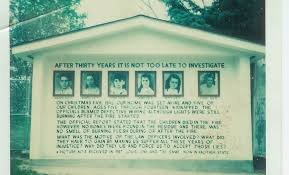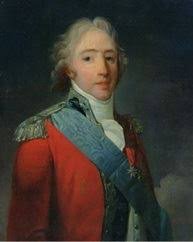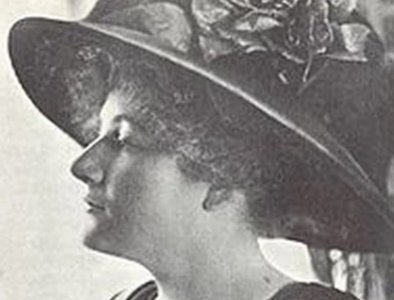The disappearance of U.S. Air Force mechanic Sgt. Paul Meyer in the English Channel.
Did he crash, or was he shot down?
On May 23, 1969, U.S. Sgt. Paul Meyer, stationed at RAF Mildenhall, England, made a tragic attempt to fly home to the United States using a stolen Lockheed C-130 Hercules. Meyer, aged 23, had recently married his wife Jane while on leave in the U.S. but was struggling with the forced separation from her as he was now in England.
The Lead-Up to the Flight:
Meyer had been drinking on the night of 22nd of May. He was found walking along the A11 road about 5 miles from the airbase. British police arrested him at the side of the road for being "drunk and disorderly". In accordance with the 'Visiting Forces Act', he was taken back to base where he was put to bed to "sleep it off". However, the next day using the name "Capt Epstein", Meyer called an aircraft dispatcher and demanded that aircraft 37789 C-130, be fuelled for a flight to the USA. Meyer took off alone at around 05:10 in the morning. Some reports said this U.S. Air Force mechanic had a private pilot's license. Other reports said he had no pilot training at all.
The Flight and Final Communications:
The plane came dangerously close to the extremely busy air traffic routes in and out of London Airport. Mayer was able to contact his wife in Virginia, via his radio, patching through from the cockpit to the phone network. Meyer said to his wife, "Hi honey, guess what, I'm coming home!" Jane, Meyer's wife, congratulatory him and asked him when exactly he and his crew would be returning. Meyer said, "Now! I got a bird in the sky and I'm coming home!" Jane's response was, "You? You are flying the plane? Oh my God!"
Jane's recollection of the conversation was that it lasted for more than an hour. She said it still plays over and over in her head. During their conversation, she says she repeatedly begged him to turn back. Mayer's last words to Jane were, "Babe, I'll call you back in five. I got some trouble."
After a total of an hour and forty five minutes in flight, Meyer crashed into the English Channel somewhere between Bournemouth, England, and Cherbourg, France. A few days later, small pieces of wreckage of a C-130, including a life raft washed up on the shores of the Channel Island of Alderney. Meyer's body was never found.
His wife later said, "You know, the US Air Force never told me he'd crashed - no one told me he'd crashed - I just got a telegram to say the plane was lost… When he told me he was in trouble, I've surmised the trouble must have been jets that were sent up to take him down… I'm sure I've not been told the whole truth."
Jane went onto say that 20 minutes into her cockpit conversation with her husband, a man's voice came across the line and asked her to keep talking to her husband because they needed to find out where he was. She also said that her husband told her from the cockpit that he was deliberately flying low to avoid radar detection.
UK Parlement:
The incident was raised in the UK Parliament. Eldon Griffiths, the MP for Bury St. Edmunds, questioned in Parliament why the massive C-130 was not picked up by either U.S. or British radar “for some considerable time.”
Griffiths pointed out the dangerous nature of the incident, saying, "I have myself frequently visited Mildenhall base and, indeed, I may well have been shown through the particular aircraft which Sergeant Meyer hijacked, if that is the right term. I therefore have little doubt that the American Air Force inquiry, now being conducted, will establish all the pertinent facts and will lead to such changes or tightening up of security arrangements as may be needed to ensure that such a dangerous incident will not occur again. Nevertheless, I have several important questions to put to the Minister [of Defence]"
He also drew attention to previous similar incidents, including one in June 1958, when another U.S. mechanic hijacked a B-45 bomber, which crashed onto a railway line in the UK. Griffiths concluded, “This is not the first such incident. In June, 1958, another United States mechanic took off in a B45 bomber from Alconbury base, in Huntingdon, and this aircraft crashed on to the London-Edinburgh railway line. There have been other cases in the United States since them. One does not have to be a devotee of "Dr. Strangelove" to recognise that a huge aircraft, carrying thousands of gallons of high octane petrol, not to mention the possibility of even more deadly items, can be a lethal weapon in the hands of an untrained and possibly unstable man.”
Speculation:
Some have speculated that the C-130 was intercepted and tracked, possibly waiting for it to reach open water before being shot down. There is said to be some evidence that the C-130 was being tracked on radar within 3 minutes of it taking off, and then being followed by Royal Air Force and United States fighter aircraft.









